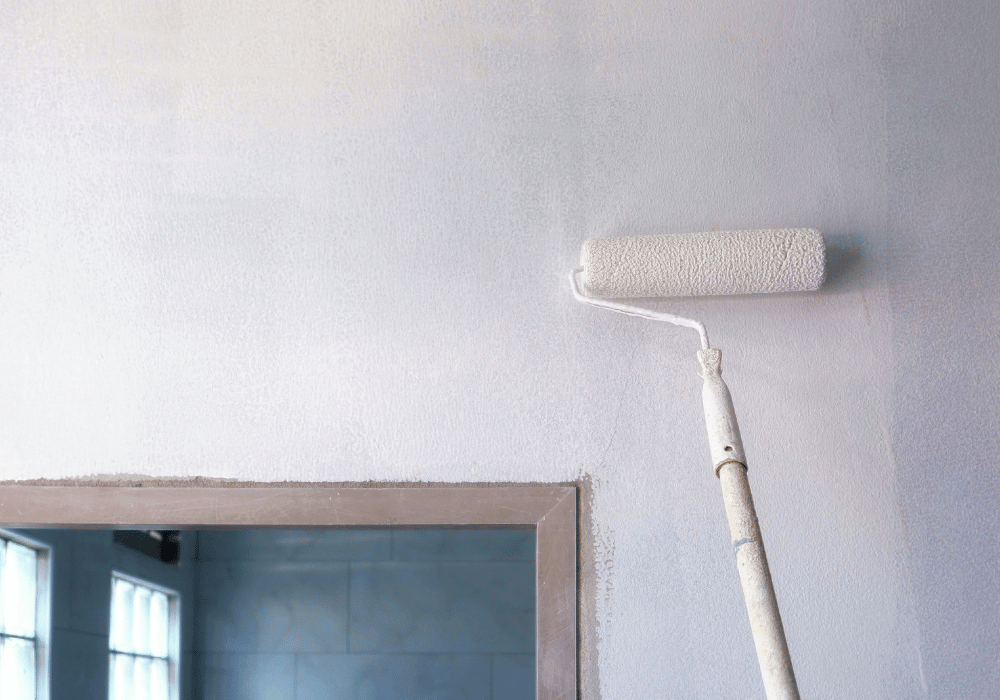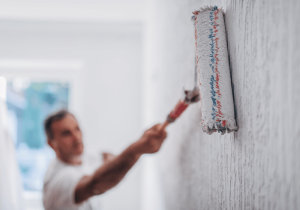When it comes to adding a clean, professional-looking finish to your home improvement projects or DIY painting jobs, every homeowner should be familiar with the concept of primer. To ensure you get the best results from any paint job, primer should be applied before and even after painting in several cases. In this post we’ll break down all things related to using primer, so that you can count on a perfect paint job every time.
Why Do I Need to Use It When Painting My Home or Furniture?
Primer is an important step when painting your home or furniture. Primer provides a barrier between the surface and the paint, ensuring better adhesion and longer lasting color. Without primer, paint can easily bubble or peel off due to varying degrees of humidity and temperature. It can also help you achieve better coverage for less coats of paint, saving money in the long run and creating more vibrant colors with each brush stroke. Primer will also help smooth any irregularities on the surface ensuring an even finish that looks professionally done every time. With plenty of options on the market such as water-based or oil-based primers, it is easy to find a product that fits your specific needs.
How Can I Tell If I Need One or Two Coats of Primer?
Knowing when to use one coat of primer or two coats of primer can be a difficult decision. However, a good guideline is to always use two coats, even if it seems like one is enough at first. The extra coat might be the difference between an amateur-looking paint job and a professional-looking one. To determine which is best, look closely at the surface you’re priming. If it is highly absorbent, using two thin coats will allow the primer to adequately seal and protect the material from moisture and environmental damage. Additionally, if you’re dealing with bold colors that could potentially bleed through an undercoat, two coats of primer can help prevent this from occurring. Taking the time to properly prime your walls means your paint job will not only look great but also last for years to come.
Understanding the Different Types of Primers
Knowing which primer to choose for any particular project can be a challenge. Depending on the conditions of the project and desired end-results, you may need to consider a variety of kinds of primers available in the market. Water-based, oil-based, and spray primers each has their own characteristics, so it is important to understand their features in order to make an informed decision about which works best for your application. Knowing the type of primer you need – whether it’s formulated for interior or exterior use, if it needs to resist mold or ultraviolet light – can help you shop smarter and more effectively improve the outcomes of your projects.
Water-Based Primer
Water-based primer is ideal for use on porous or non-porous surfaces, including drywall, masonry, wood and metal. It will prevent the surface from absorbing too much of the paint and creating an uneven finish. Water-based primers are easy to clean up and provide a fast drying time with minimal odor.
Oil-Based Primer
Oil-based primer takes a bit longer to dry than water-based, but it is more effective at sealing in odors and blocking stains. Oil-based primers also provide better adhesion for surfaces with glossy finishes or those that have been previously painted. It should always be used when painting cabinets or trim work as it will ensure a longer lasting finish.
Spray Primer
Spray primer is great for large surfaces or tight corners, and because it is sprayed directly onto the surface it provides a smooth and even coat of coverage. It’s important to use a water-based spray primer on wood, metal or any other materials that will be exposed to moisture.



